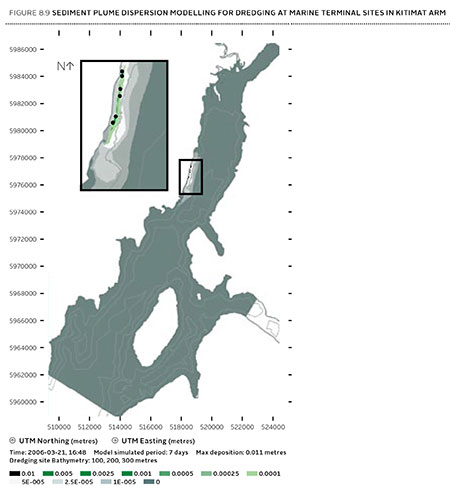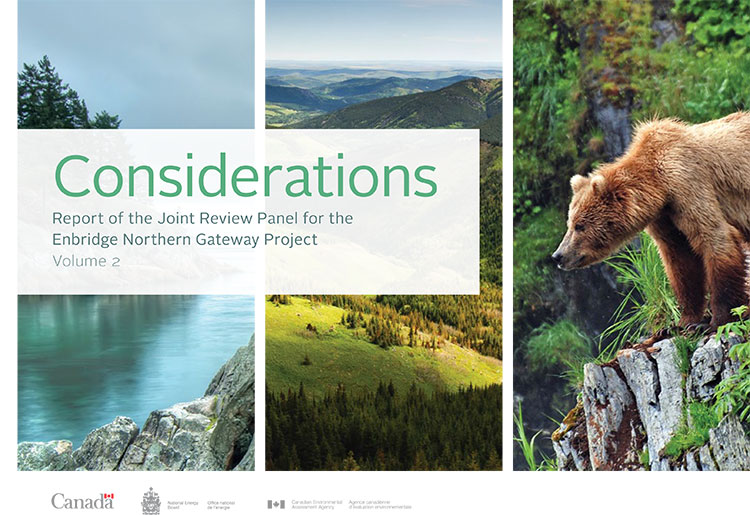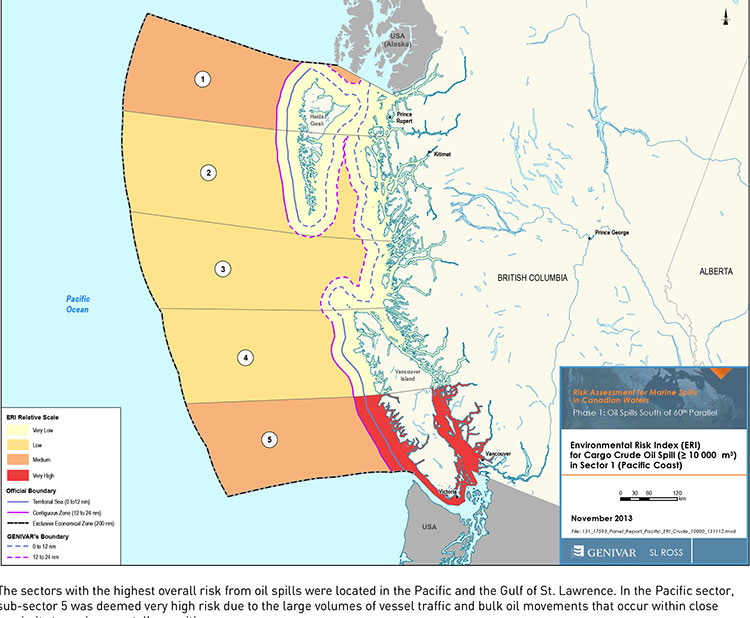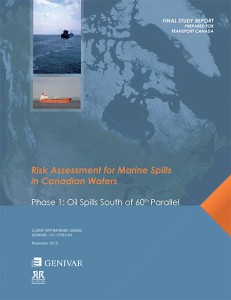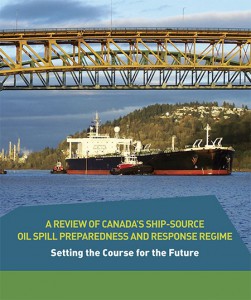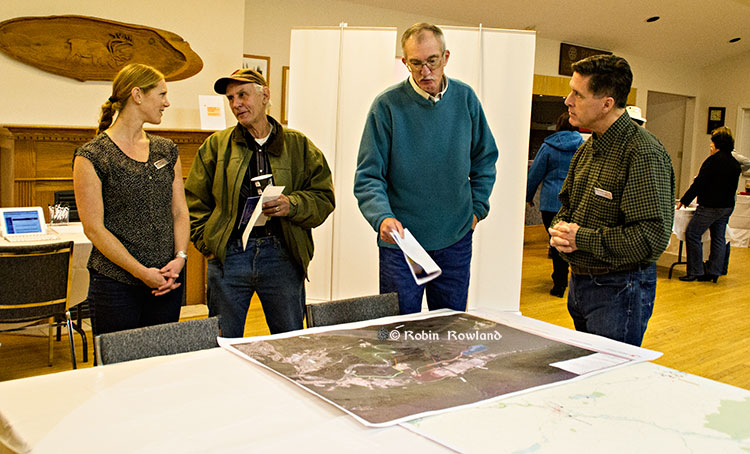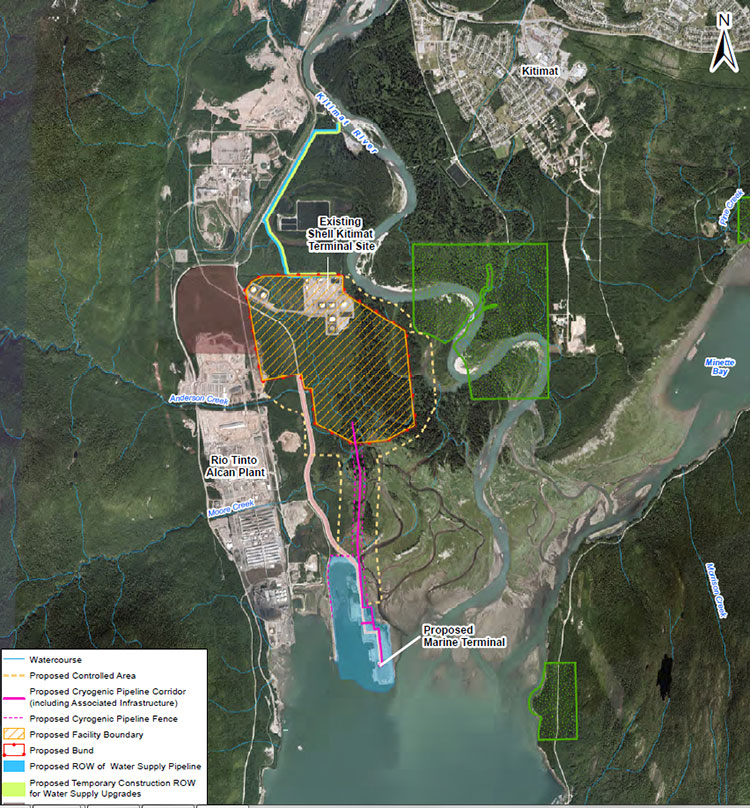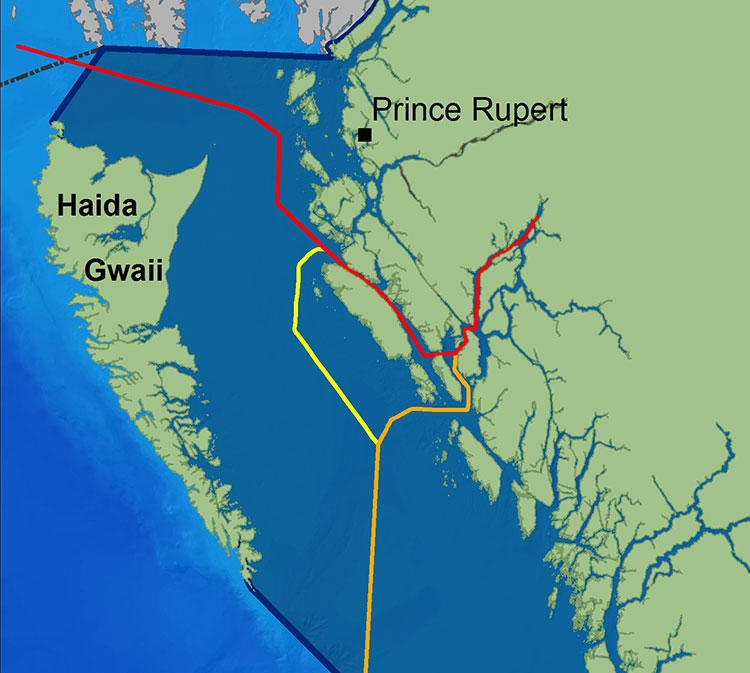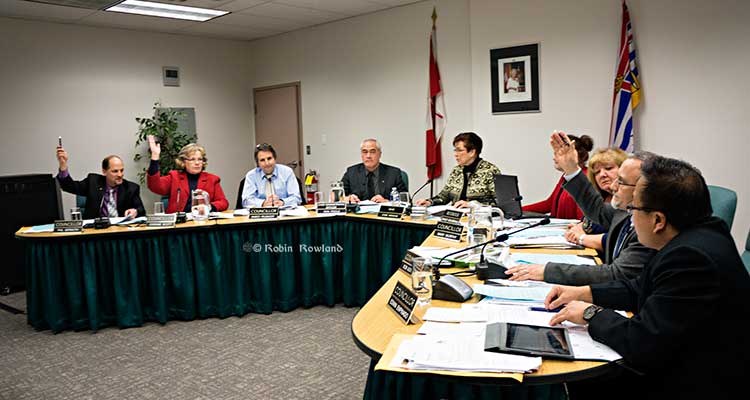
Monday’s District of Kitimat Council meeting was a display of mind-numbing, stubborn political mule-headedness.
After a couple of hours of procedural wrangling, confusion over motions and often just plain dumb discussion, four of the seven members of District Council ignored the recommendations from District staff and suggestions from public delegations, and with their majority decided to stick with the confusing, convoluted Enbridge Northern Gateway Plebiscite question for the vote on April 12.
The question (corrected slightly from the previous week’s version) reads:
Do you support the final report recommendations of the Joint Review Panel (JRP) of the Canadian Environmental Assessment Agency and National Energy Board, that the Enbridge Northern Gateway project be approved, subject to 209 conditions set out in Volume 2 of the JRP’s final report?
In May 2012, at the time of the first omnibus bill, Northwest Coast Energy News compared Kitimat Council to a Junior B team up against the NHL All Stars. We hereby apologize to every Junior B player, coach, trainer and referee across this country for comparing them to Kitimat Council. For a community that is in the “bush” one hesitates to use the pejorative term bush league. But in this case the term is correct. District of Kitimat Council is like a bush league beer team playing against the NHL All Stars.
Kitimat has to deal with the major leagues– that is the world’s biggest corporations, Shell, Chevron, Apache, Mitsubishi, PetroChina, Korea Gas, not to mention Rio Tinto. And then there’s Enbridge. Kitimat has to deal with a federal government that sees Kitimat as nothing more than an expendable pawn in Conservative economic and reelection strategies and the province of BC, which under Premier Christy Clark, sees Kitimat as a goose laying golden eggs – as long as most of those eggs go south to the Lower Mainland.
So far in dealing with those companies and higher levels of government, Kitimat Council has acted like Oliver Twist, “Please, sir, can I have some more?”
The Haisla Nation, now under the leadership of Chief Counsellor Ellis Ross, on the other hand, has acted like a top level team (whether NBA or NHL) in dealing with the world’s biggest companies and acted on behalf of the Haisla’s best interests. Ross has not been afraid to admit, on the record, with main stream media interviews, that sometimes he and the Haisla Nation Council have made mistakes in dealing with transnational corporations. But Ross has said he and the HNC learn from those mistakes and do better next time. There appears to be a good working relationship with the Haisla and the companies working to develop Kitimat. Neither side gets everything but the relationship is there.
Now the Haisla have gone to the Federal Court of Appeal and filed an extensive challenge to the Joint Review Panel report, outlining what the Haisla believe are serious flaws in the Joint Review Panel, including asking the court to find that the JRP did not follow requirements of the Canadian Environmental Assessment Agency, while the Kitimat plebiscite presumes the JRP did follow CEAA rules.
Kitimat Council has yet to learn anything from its on going sorry record of making mistake after mistake.
If those council members who voted for the confusing ballot thought that their actions would do anything to unite this community, they were wrong. They’ve already alienated everyone on both sides of the issue who wanted a simple Do you support the Northern Gateway project yes or no question?
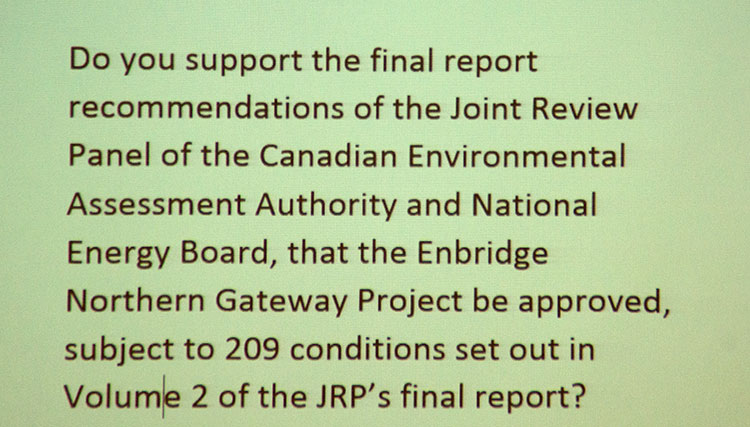
Just what does the question mean? Are you in favour of the Joint Review Panel? Or you in favour of Enbridge Northern Gateway? Both? Neither? What if you support Enbridge Northern Gateway but believe the JRP has no credibility? (There are people in Kitimat who are quietly saying that—they support Northern Gateway but have no trust in the JRP or the federal government to enforce the conditions. There are others who say the JRP did a good job and still oppose Northern Gateway). What if you are in favour of 50 or 150 of the JRP recommendations but oppose others—like the use of temporary foreign workers? Rather than two sides with an uncertain middle, there are now multiple sides, with an even more uncertain muddled middle.
When asked Monday night what Council would do with the question, the response was incoherent. It could depend on voter turn out. What happens if the turn out is low because the public doesn’t understand the question? What if the turn out is less than the last municipal election? More? What if the turnout is 90 per cent but a majority vote undecided? Could construction workers who may be eligible to vote because they’ve been here for six months but have no stake in the community overwhelm the votes of long time residents?
Council refused to say whether a simple majority of 50 per cent plus one yes or no (not counting undecideds) is sufficient to decide the issue or whether some super majority, 60 per cent 66 per cent or 75 per cent will mean something? How are Council going to decide? Are they going to decide now or after the vote? Once Council has the vote in hand, what do they do with that vote? Oppose Enbridge if the vote is a majority no? Welcome Enbridge if the vote is yes? Or just keep on doing nothing? (which is not being neutral).
Ask any business analyst and the one thing they will tell you is that business hates uncertainty, uncertainty means hesitation to invest, hesitation to commit. Kitimat Council has just made everything more uncertain than ever. Business will take note.
Big league games mean big league coverage. I know from colleagues that not only the national media, but major international media are considering coming to Kitimat for the April 12 plebiscite. The vote is a “news peg” that lets media that haven’t been covering Kitimat on a regular basis bring their readers and viewers up to date on an important story.
If Kitimat Council is incapable of explaining the plebiscite question to the people who actually live here, how can Kitimat’s politicians explain the question to a fly-in reporter who has never been to British Columbia and who, at this moment, probably thinks JRP is an energy drink? How does a viewer or reader in New York, London, Sydney or Tokyo understand what people here are voting for or against, if the people here don’t understand it?
A possible plebiscite debacle seen on 24 hour satellite channels and read on millions of tablets and phones (as well as surviving newspapers) around the world won’t do much for Kitimat’s reputation for political competence and ability to play well with others. The world’s business community will take note of that.
The word bush league comes to mind.
—
An intelligent suggestion

There was one intelligent, last minute suggestion about the Enbridge Northern Gateway plebiscite question at Monday’s council meeting, a solution to the conundrum of a proper question, but one that the stubborn council is unlikely to adopt.
Patricia Lange was not a scheduled delegate. She came forward after Mayor Joanne Monaghan asked it there was anyone else with a comment.
“I just want to say that the Plebiscite Question is convoluted and it appears biased to me,” she told Council. “Although I am not a member of an environmental group, I would suggest that the wording of the question be put together by somebody from the Douglas Channel Watch and somebody that’s a proponent of this project so the community can see the question is not biased.”
In our view, Lange has hit on the ideal solution. While the proponent, the Enbridge Northern Gateway company should not be included in deciding the wording of the plebiscite question, the Kitimat Economic Development Association, which generally favours the project, should be.
District Council wasn’t involved the Joint Review Process. They should have been but they weren’t. Right now most on Council are handling the JRP like a student who skipped every class for two years and is now desperately cramming for a final exam. Both Douglas Channel Watch and the Kitimat Economic Development Association, on the other hand, have been deeply involved in the Northern Gateway issue since the beginning and either participated in or closely followed the JRP.
Over the past couple of years, Northwest Coast Energy News has spoken both on the record and on background to members of DCW and KEDA.
Both groups are not that far apart. Both members of DCW and KEDA have told me, independently and without knowledge of their opposite numbers are saying the same thing, that they want an economically prosperous, healthy and environmentally viable future for their grandchildren in Kitimat. They just disagree on how to get there.
KEDA members have said they want proper, enforceable but economically viable environmental restrictions on any industrial development in this region. DCW members have repeatedly said they do not oppose industrial development as long as it respects the environment.
In an ideal world, the District would follow Lange’s suggestion and appoint three members of DCW and three members of KEDA to come up with a proper question or questions. District Deputy CAO, Warren Waycheshen, who is an excellent facilitator, could be the chair of the committee and keep things moving. That committee could probably come up with questions acceptable to the entire community on a retreat lasting just an afternoon.
It’s not an ideal world. The District of Kitimat has a highly competent staff who prepared reports to council on the plebiscite, reports that were ignored and rejected. Delegations, most admittedly from the environmental side, appeared before council to argue for a simple question and presented persuasive and eloquent arguments that were brushed off.
Council spent some time Monday night trying to define the term “leadership.” In the end they decided that leadership was staying in their silos and refusing to deal with big league questions. Council is bush league, that is why they won’t take the risk of adopting Lange’s suggestion for the advocates of both sides to meet, do their civic duty and draw up unbiased questions.
After Monday’s debacle, there is already a lot of talk on social media about “throwing the bums out.” It’s a little early for that. District of Kitimat Council has a few months for members to prove that they are worthy of being called up to the majors, to become (to borrow Christy Clark’s phrase) a “world class” council. If councillors show over the coming months that they are not up to the job, the time will come in the November elections to vote for competent candidates for council who are ready to play in the big leagues (if there are actually candidates who have major league potential willing to run).
